Now that Omicron is on its way out, countries are loosening their travel restrictions as they gradually recover from the pandemic. For some countries, tourism represents over 30% of their gross domestic product. Commercial ads are working overtime to incite you to book something soon. How about Greece? In 2018, I went island-hopping to four of Greece’s majestic islands. Frankly, I yearn to go back and visit the ones I missed. Are you itching to travel this spring and summer? If so, here are my picks with tips and photos to hopefully inspire you to GO (this year or any year).
Most important tip — Depending on how many islands you want to visit will determine how long you should stay. My sense is that less than two weeks you will only have regrets. Also remember, depending on the country you reside, this is easily a 10-hour trip going one way.
Mystical Santorini, Greece
The island is part rural, part cities and part mountainous. It is hard to believe a volcano eruption caused the center of the island to sink into the sea, creating one of the most spectacular views ever known as the Caldera. The city of Fira is the island’s capital, and it does not disappoint —with its cobblestone walkways, minimal whitewash architecture, bazaar type retail, the smell of spices and lamb and gorgeous sunsets. This Mediterranean vibe immediately captivates you.
I recommend you sign up for a jeep tour to explore the island. The entire island is actually a volcano, and these folks had the audacity to build cities on top of it and on the mouth of the caldera. In fact, this island remains an active volcano. In 2011-2012, the sensors showed some activity.
The vegetation is very sparse due to the volcanic soil and lack of rain. There are hardly any trees. Water is a big problem for this island. However, the Greeks figured out how to make wine using less water, producing a wide variety of wines that are internationally known thanks to the volcanic sulfuric soil. Wine, capers, olives and cherry tomatoes are the primary products produced by local farmers.
They say it is a missed opportunity not to see the Caldera from the ocean. I couldn’t agree more. There are many choices on boating excursions to select from, I chose a smaller venue for only 16 passengers on a stunning white sail that included a sunset, sailing by volcanic islands surrounding Santorini, truly a feast to watch yet no match to the amazing sunset.
Blissful Milos, Greece
I stayed in the village of Adames, a small coastal community where boating is king, with boats of all shapes and sizes dotting the waters. This community comes alive after 5 pm when all businesses are open to avoid the heat during the summer. A bit of history and geography on Milos — it has a population of 5000, of which tourism and mining are the two only industries. It’s much larger than Santorini, very mountainous, with over 70 beaches. It is also a volcanic island known for its caves, beautiful white sand beaches, and archaeological sites.
Milos has so many caves where pirates used to hide to rob and vandalized the island’s residents. Today, they are some of the most attractive sites to visit and swim, especially by boat. I strongly encourage taking a boat tour which I was not able to book early enough. The caves that I saw were stunning and, frankly, my photos do them no justice. The mind blower of the tour was the Sarakiniko Beach. The beach is of a chalky mineral, a bone white against the light blue sky and deep blue waters—it is just indescribable. The landscape of this beach has a desert quality about it … easily resembles the moon or maybe Mars. It reminded me of the scenes in the Star Wars movies … just truly unbelievable. Stay the entire day if you can.
Do visit the island’s capital – Plaka. The architecture in Milos differs slightly from Santorini. It is simplistic, mostly square houses with wooden trellis’ and majestic blue trimmings of doors and windows (a very nice touch). The city also has a vibrant, colorful and historical retail marketplace with spectacular views of the ocean. Do visit two archaeological sites: The Catacombs of Milos, (in ancient times these caves were used as family burial chambers and a place for prayer) and the Roman theater of Milos -3rd century BC (people were very small during those times). One more historical fact—Milos is the original home of the statue of the Aphrodite of Milos (the Venus di Milo… the Greek Goddess of Love and Beauty) now housed at the Louvre Museum in France.
Rustic Sifnos, Greece
Sifnos is like going back in time. If you did not want anyone to find you, this place just might work. It is truly an island of few villages, a bit rustic and a reminder of less complicated times. Sifnos is a very mountainous island, much like the other two islands visited. I stayed in the tiny village of Platy Gialos on a bay. Plenty of authentic cafes with a view of the bay eating Greek style lamb (Mastelo) paired with a carafe of red volcanic grown wine while listening to Greek ballads.
Do sign up early for a boat tour of what is one of the bluest waters surrounded by amazing rock formations and stunning beaches. Also, visit the cities of Apolonia and Kastro as the evening sets in for both a pleasant walk and dinner with spectacular views of the ocean.
Some quick facts about this island: There are 2800 residents, another 2800 who work here during the season and another 10,000+ visitors a week; 360-380 churches (no one really knows); known for cuisine, pottery making, and the best hiking trails. Sifnos is known for its chefs and unique cuisine, worth taking a cooking class here if you have the time. Its architecture is similar to Milos — whitewashed square type structures with mostly blue color trimmings, although other colors have been introduced.
This is not a volcanic island allowing for more interesting and colorful vegetation, although hot, windy and rain-less, thus limiting farming. Tourism is critical to the survival of Sifnos villages as there is very little that is produced here with such a small population. Most of these islands have what they refer to as “the square” — commercial tourist areas with cobblestone passages and walkways, colorful buildings that are nicely accented, a bit hilly, with some truly amazing ocean views to top it off. Got to visit three villages, (Apollonia, Kastro, and Artemona), two churches and one of the most important Archaeological sites- an actual 12 century BC city, the size of a block with its own water and sewage system (what’s left of it). The archaeological site has some of the most amazing views of half of the island, a museum, and an absolutely gorgeous white church. The island is also known for its 70 ancient towers as part of a communication system, using fire and smoke to warn all the villages of pirates coming to loot them. Best part, the island actually has an annual spirit day festival where they fire up these towers honoring their heritage.






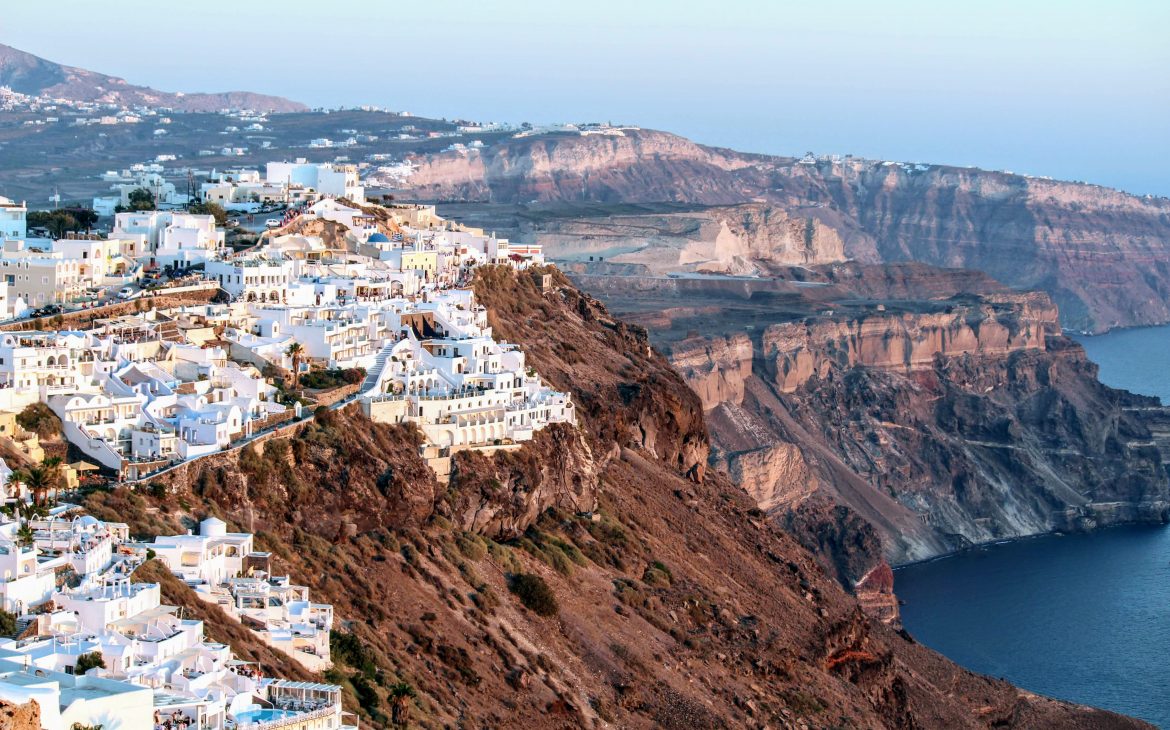
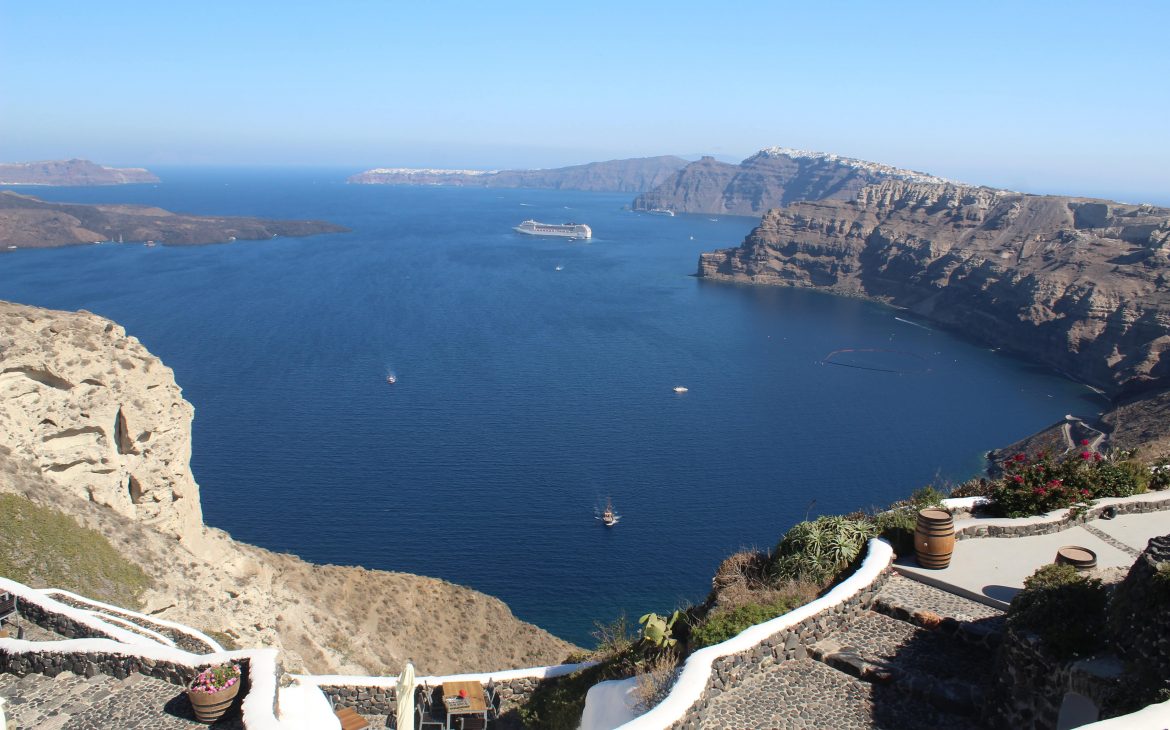
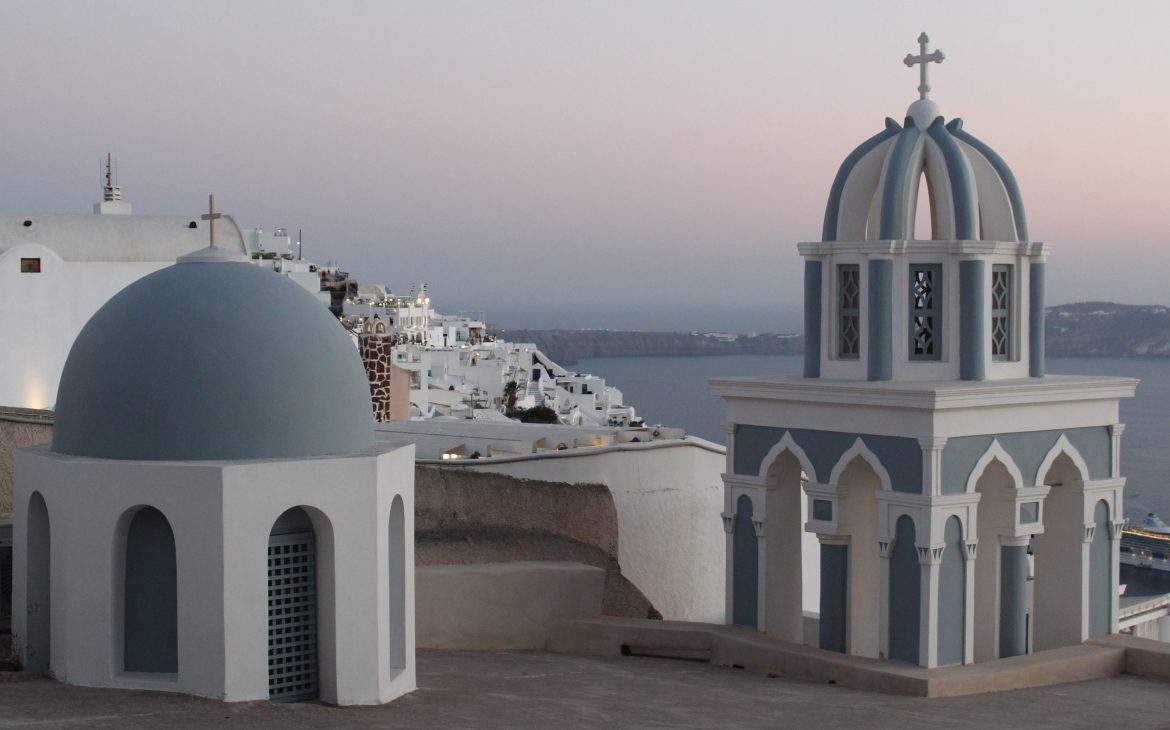
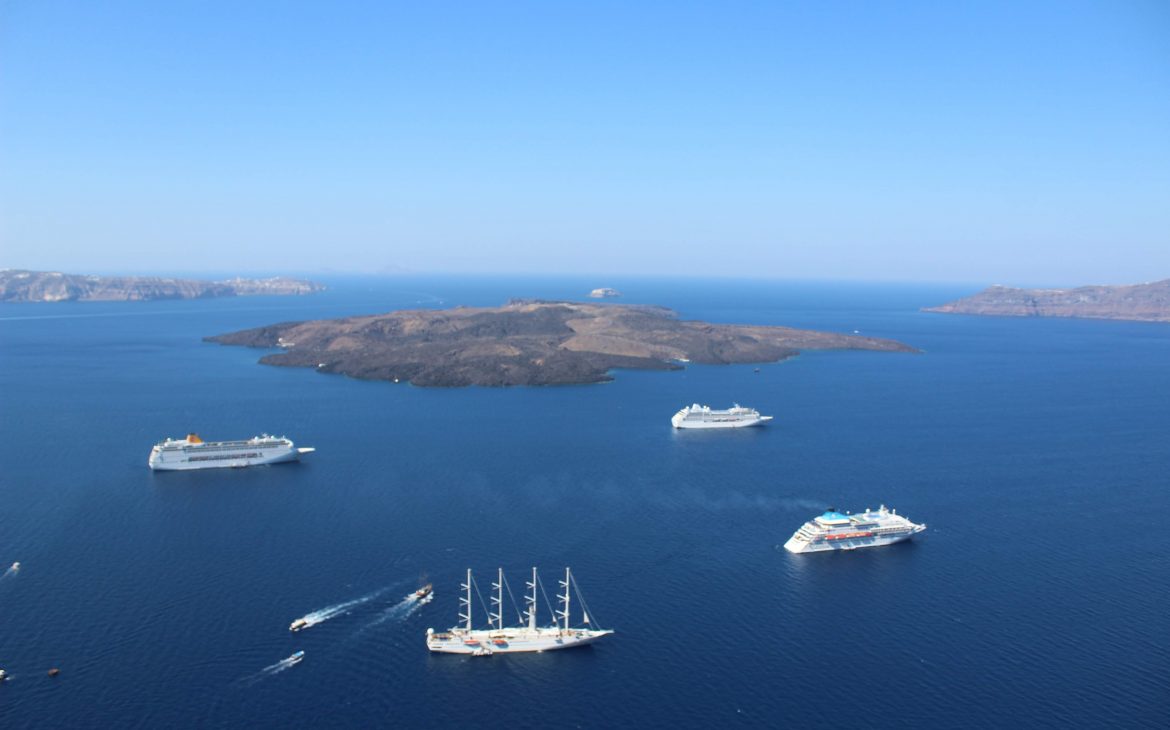
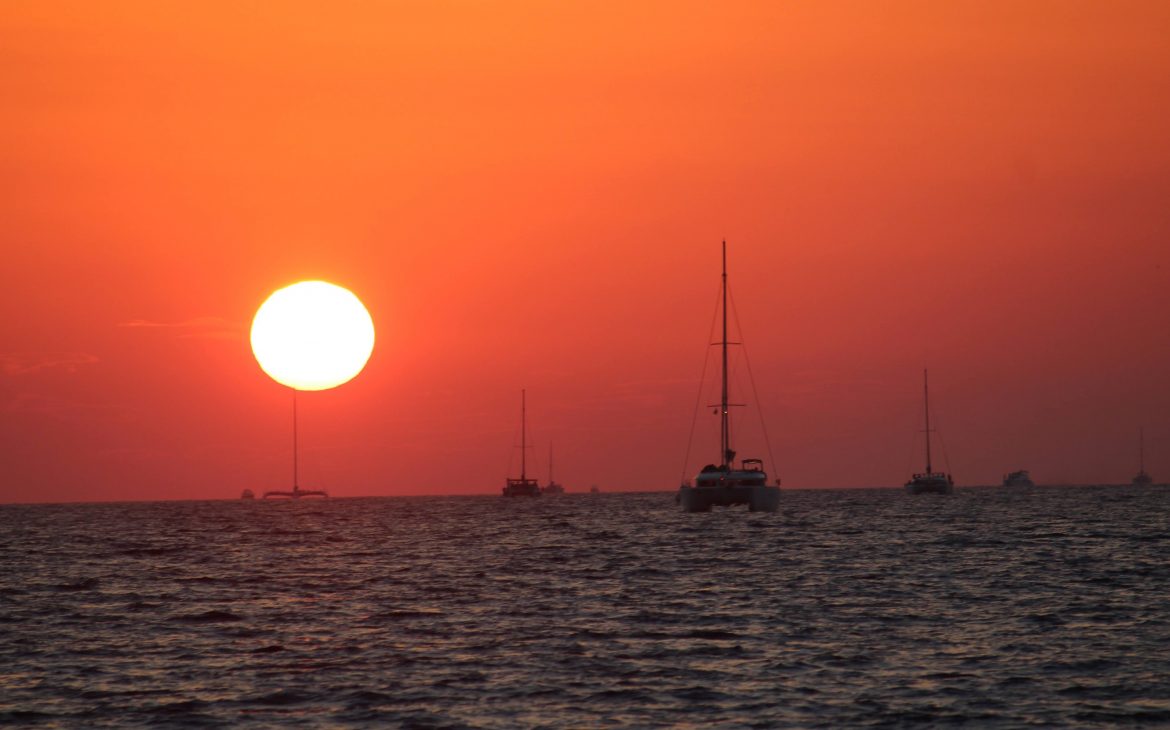
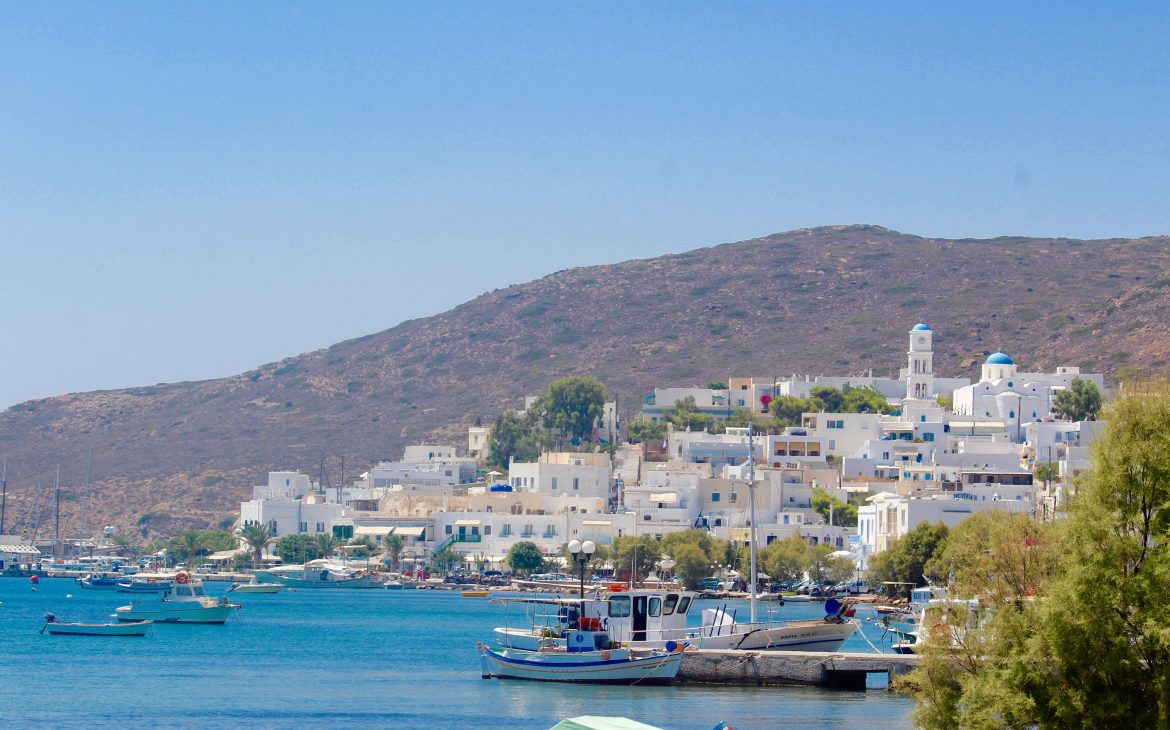
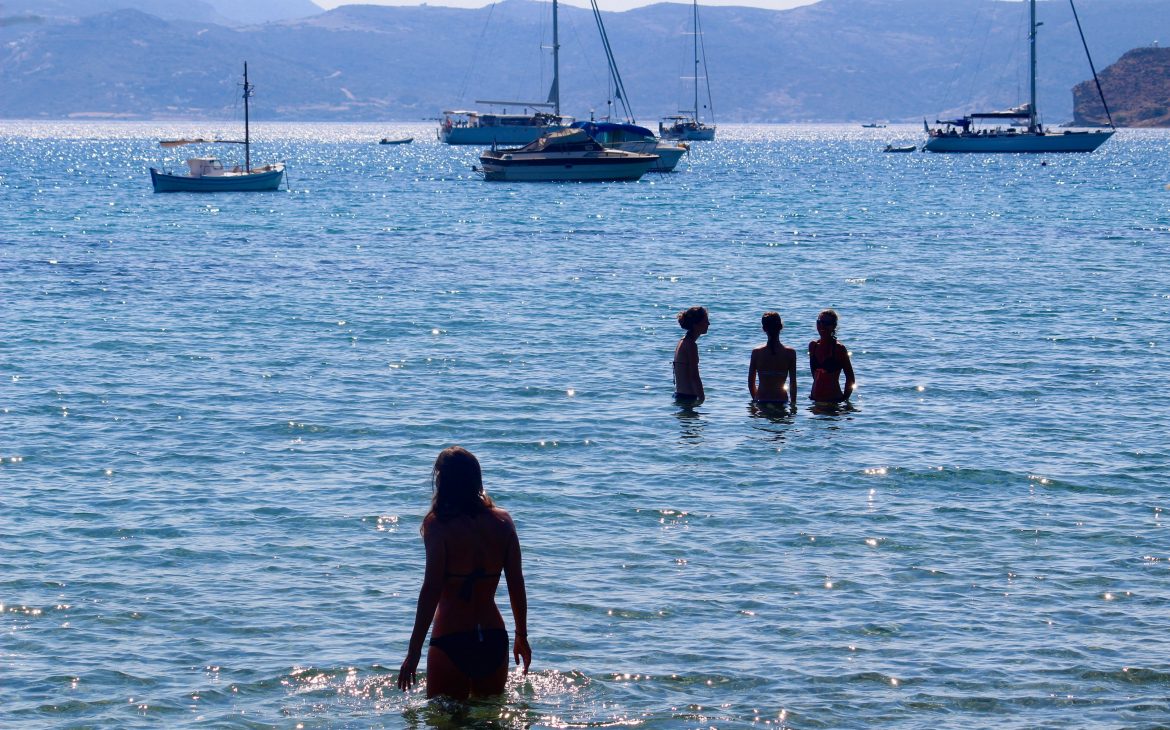
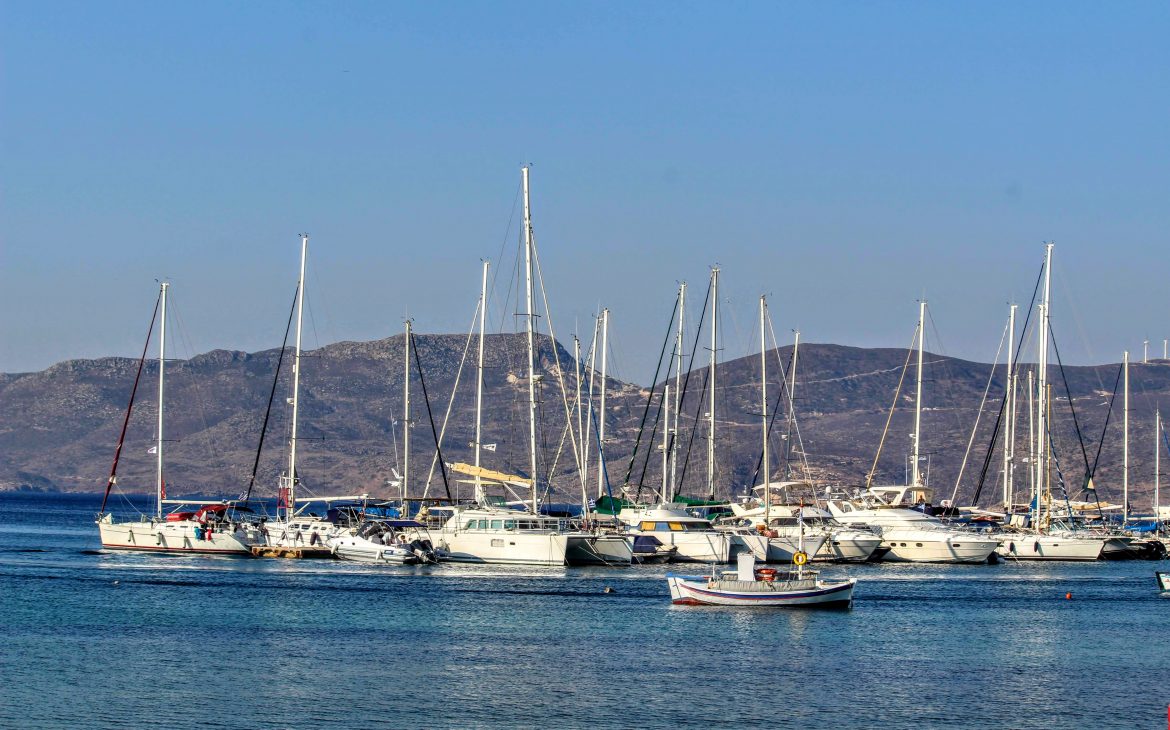
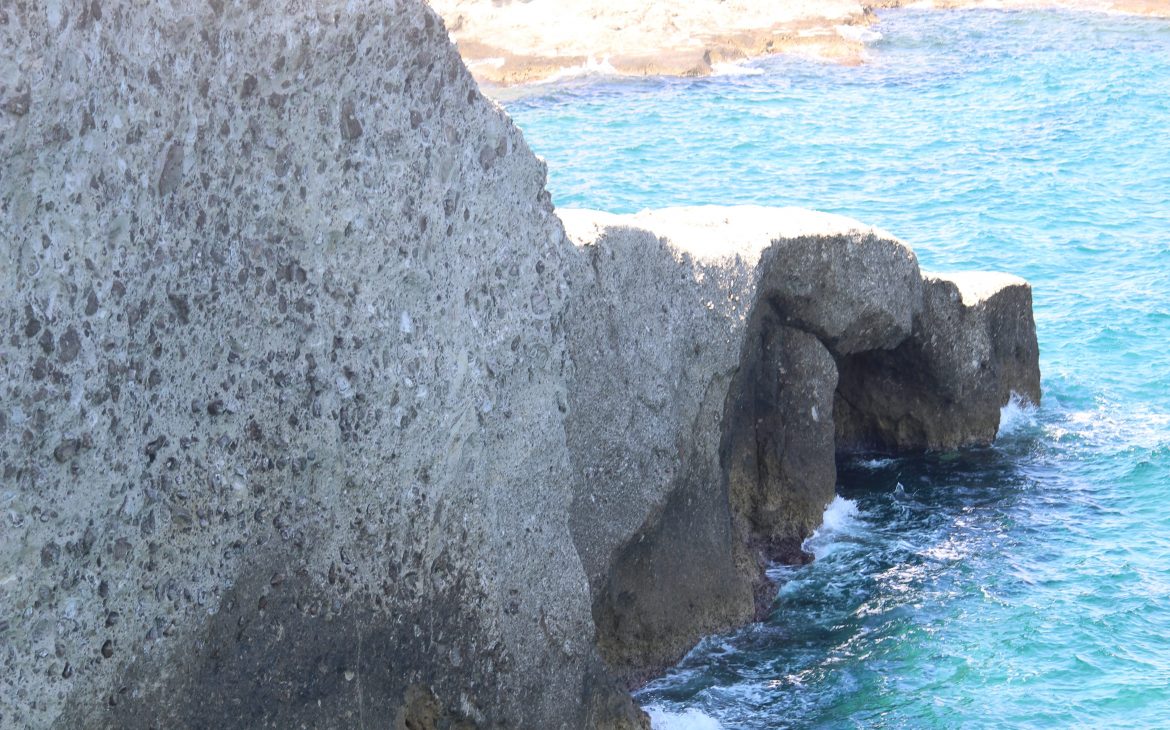
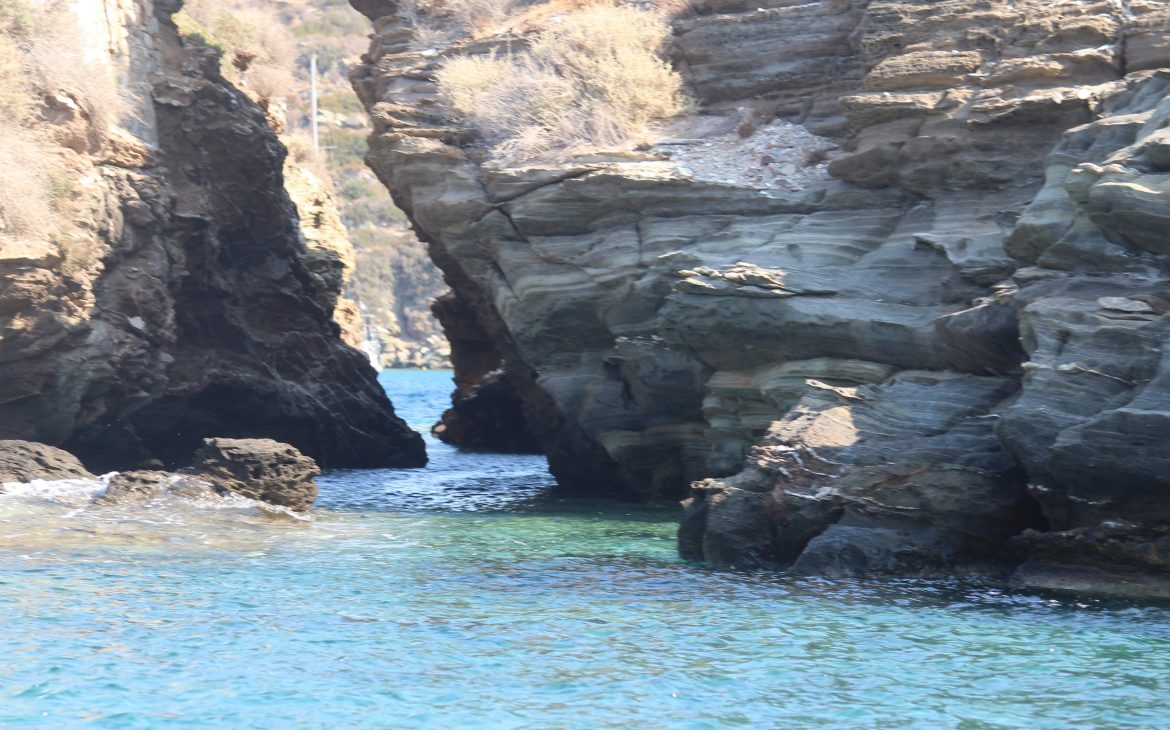
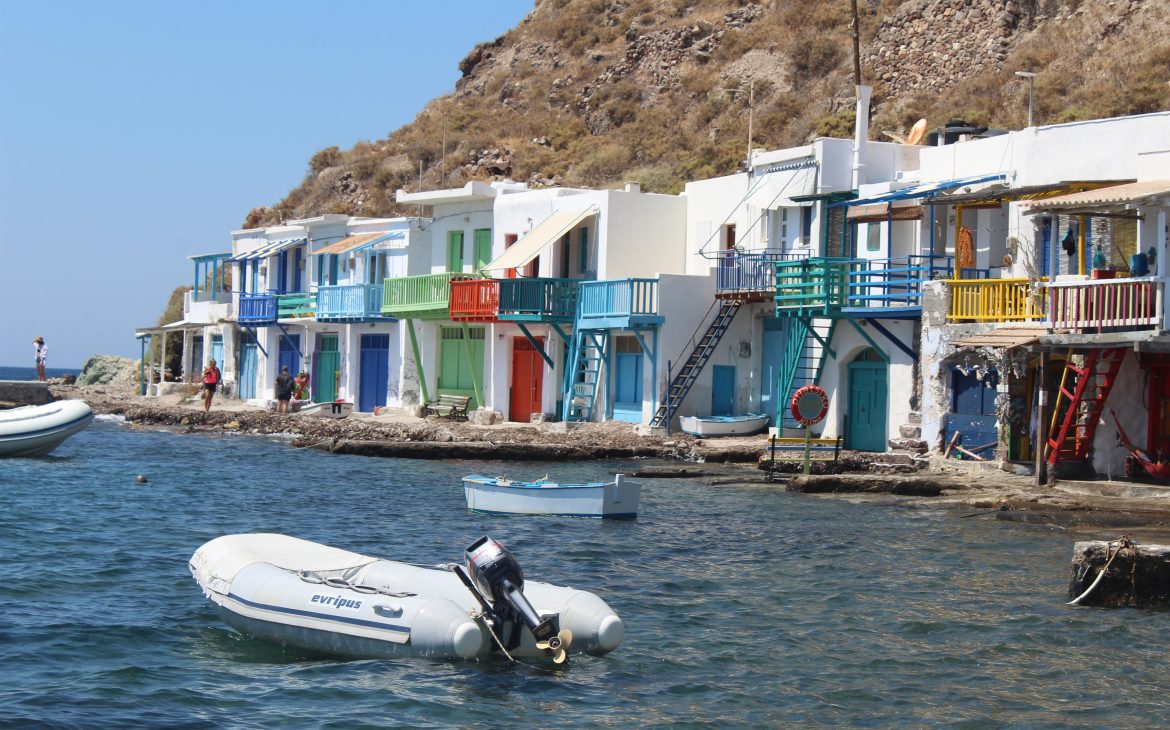
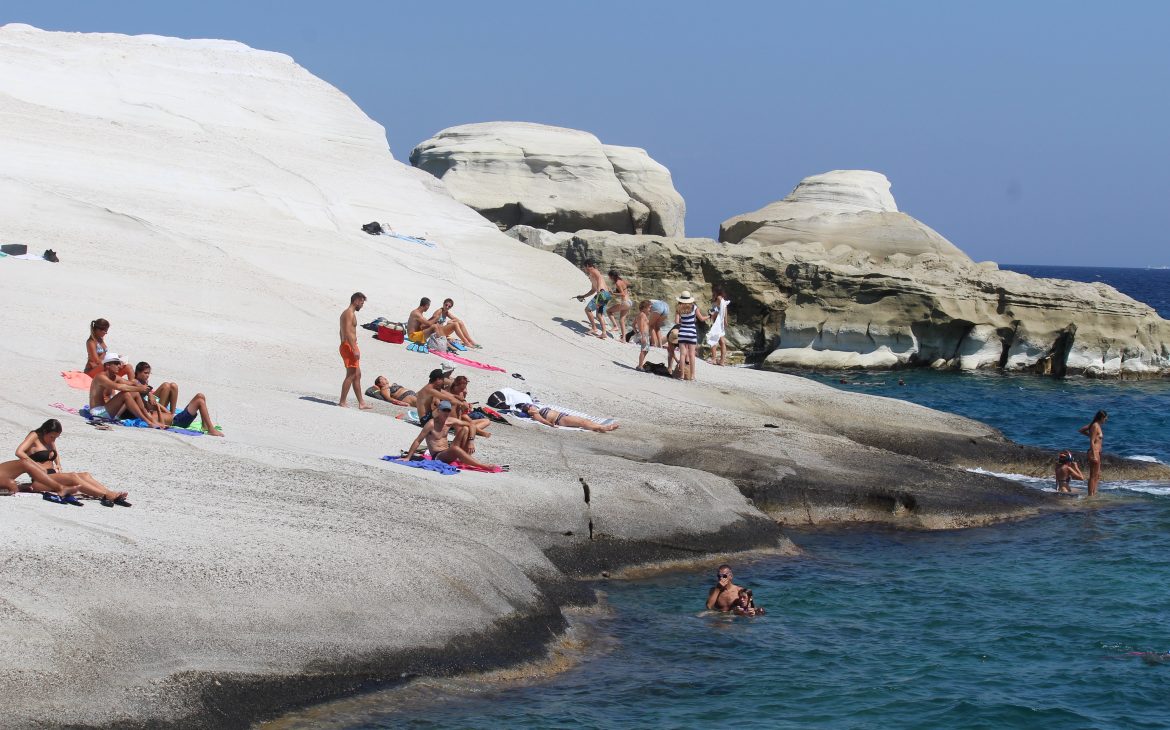
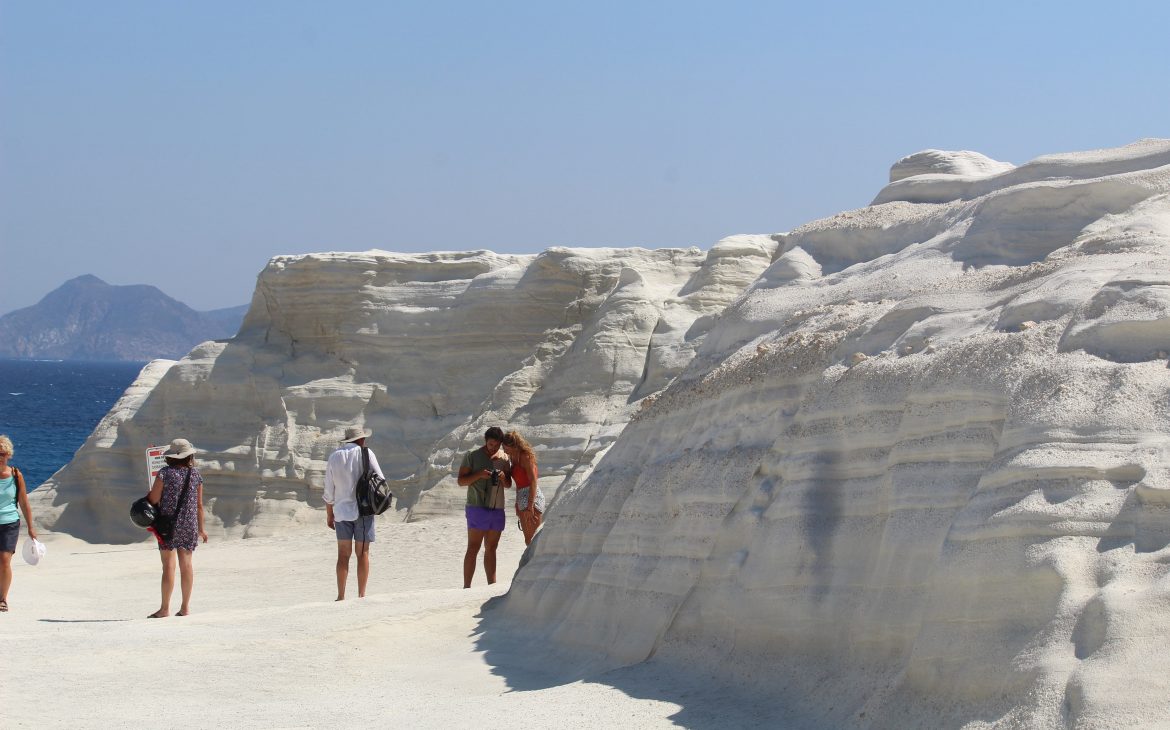
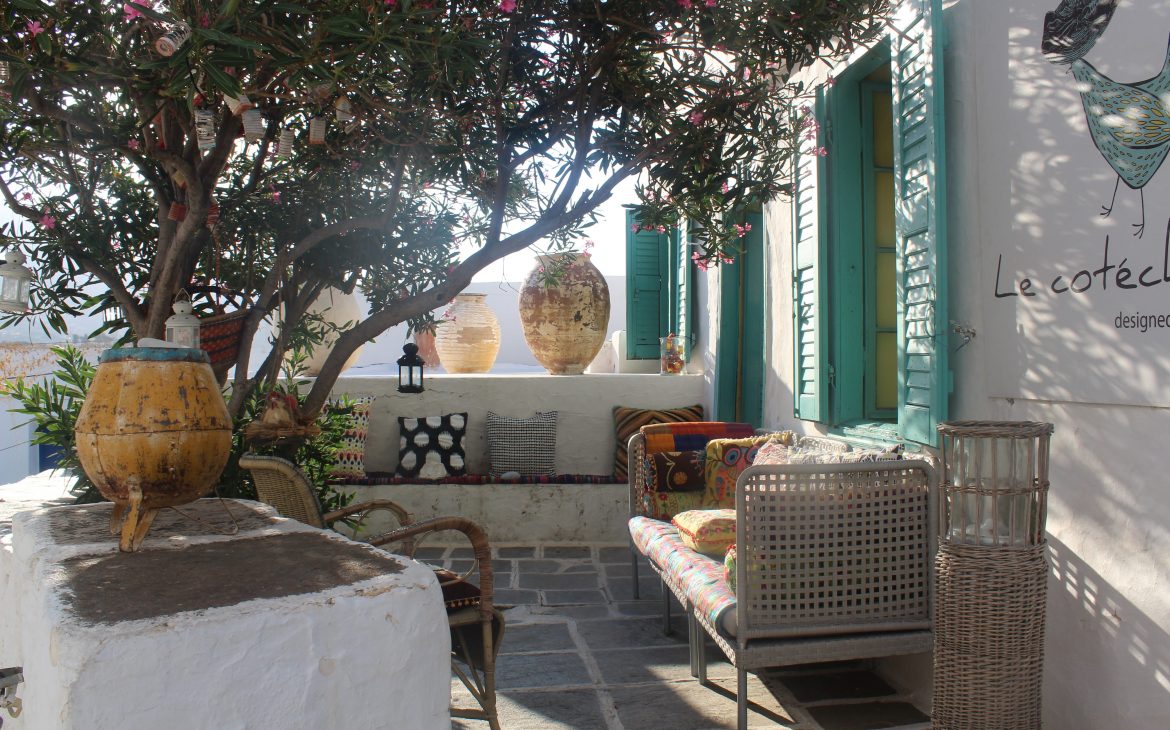
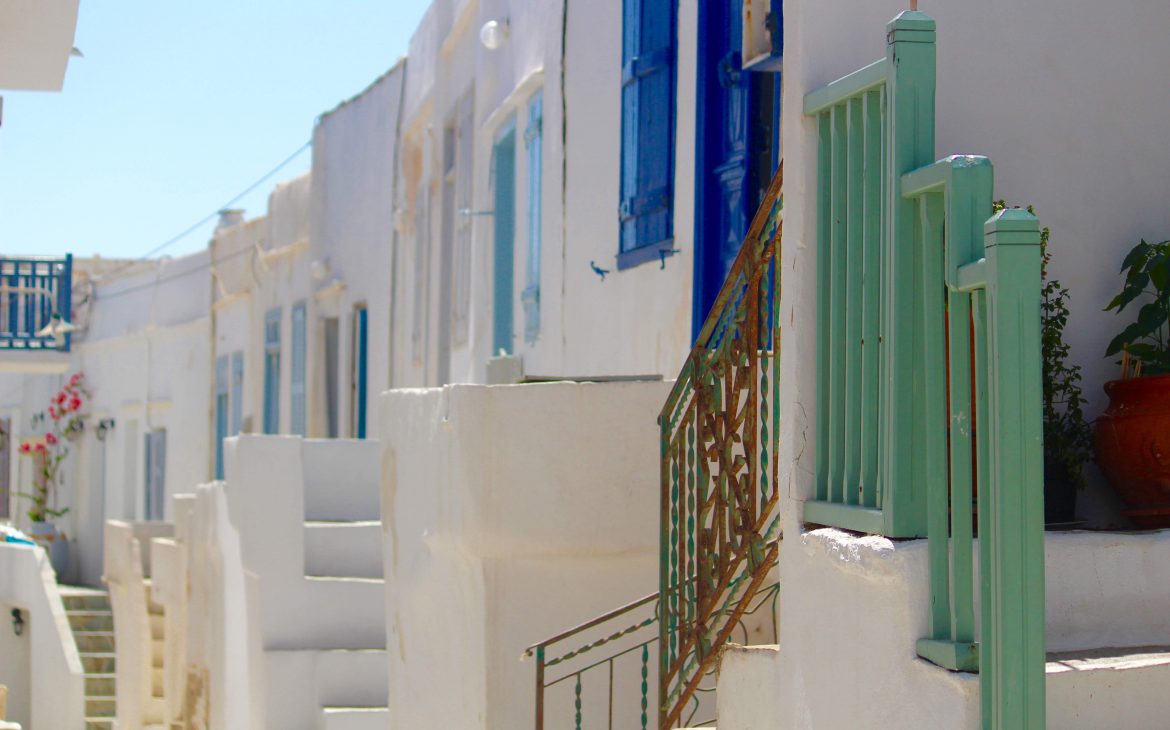
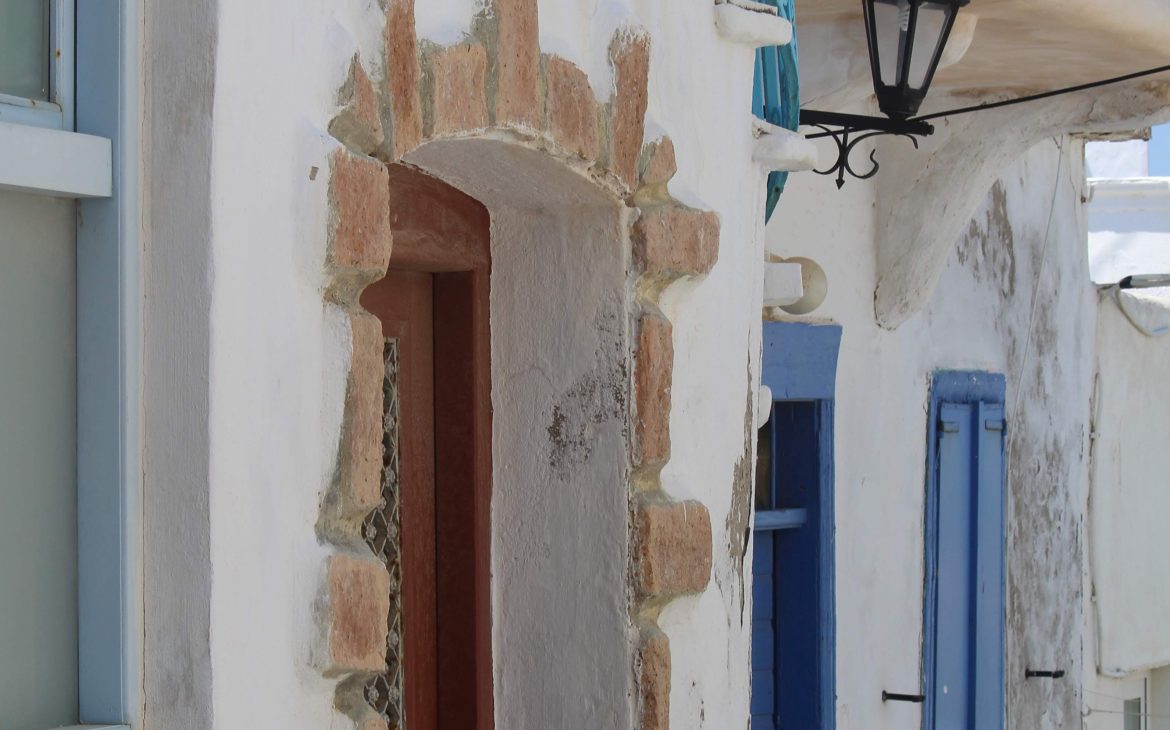
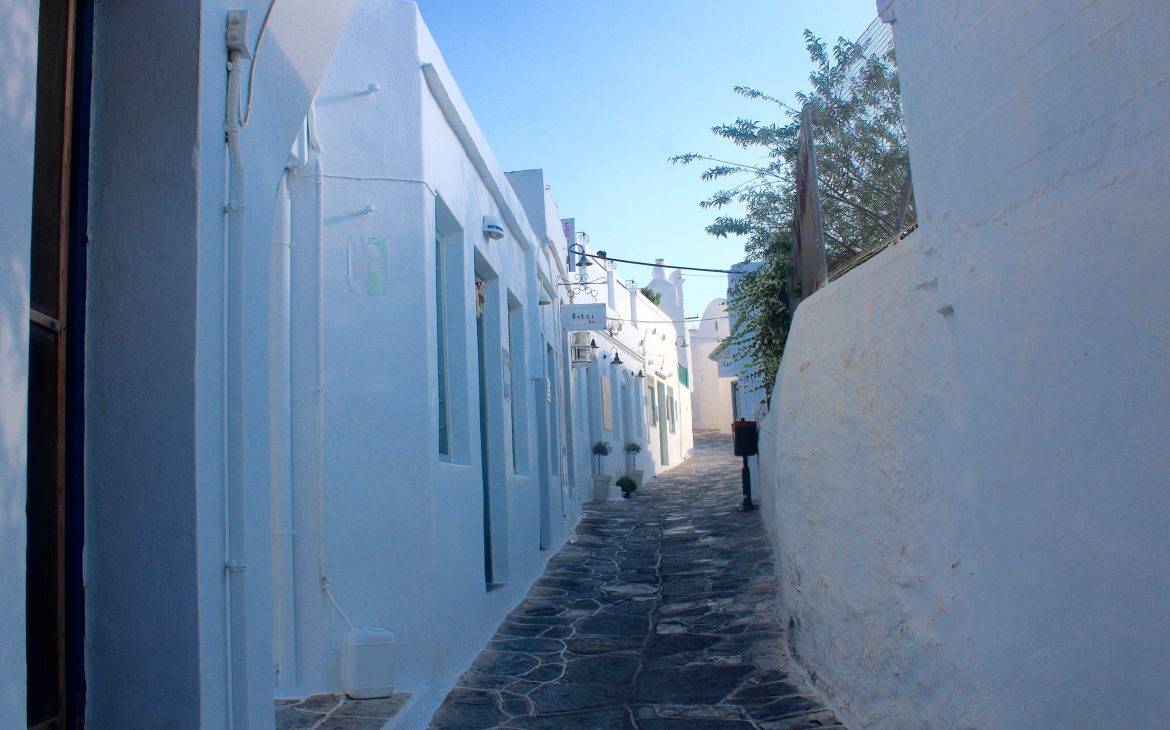
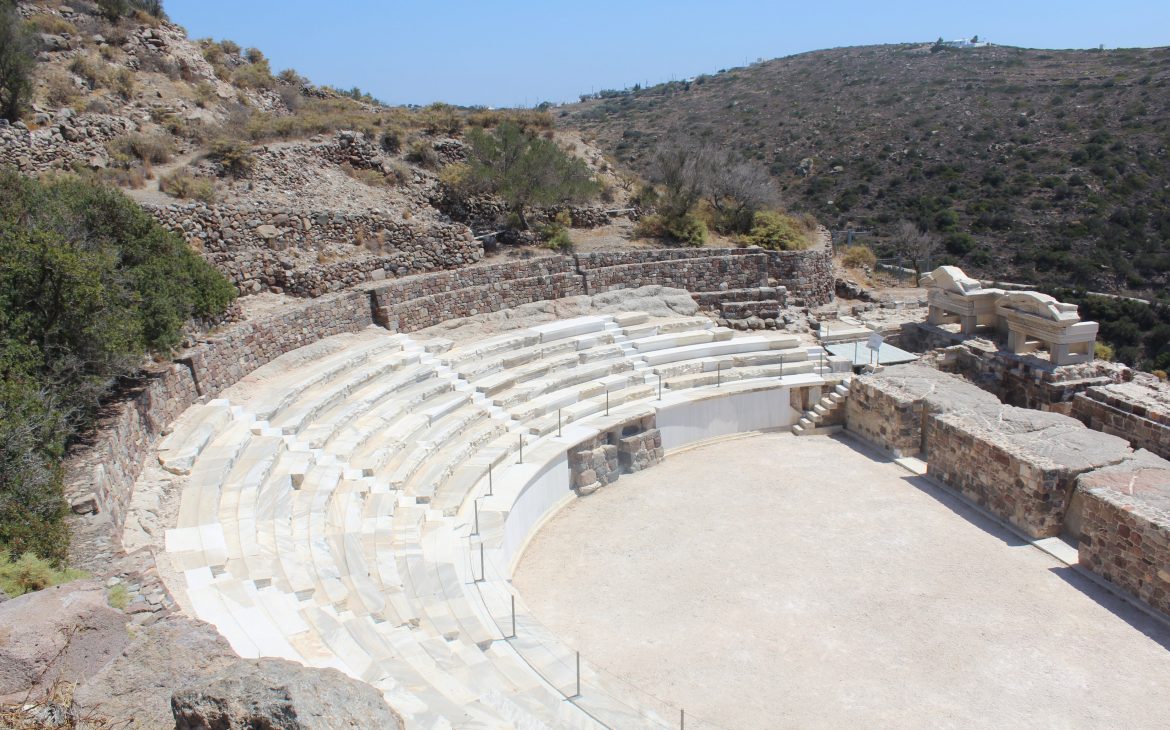
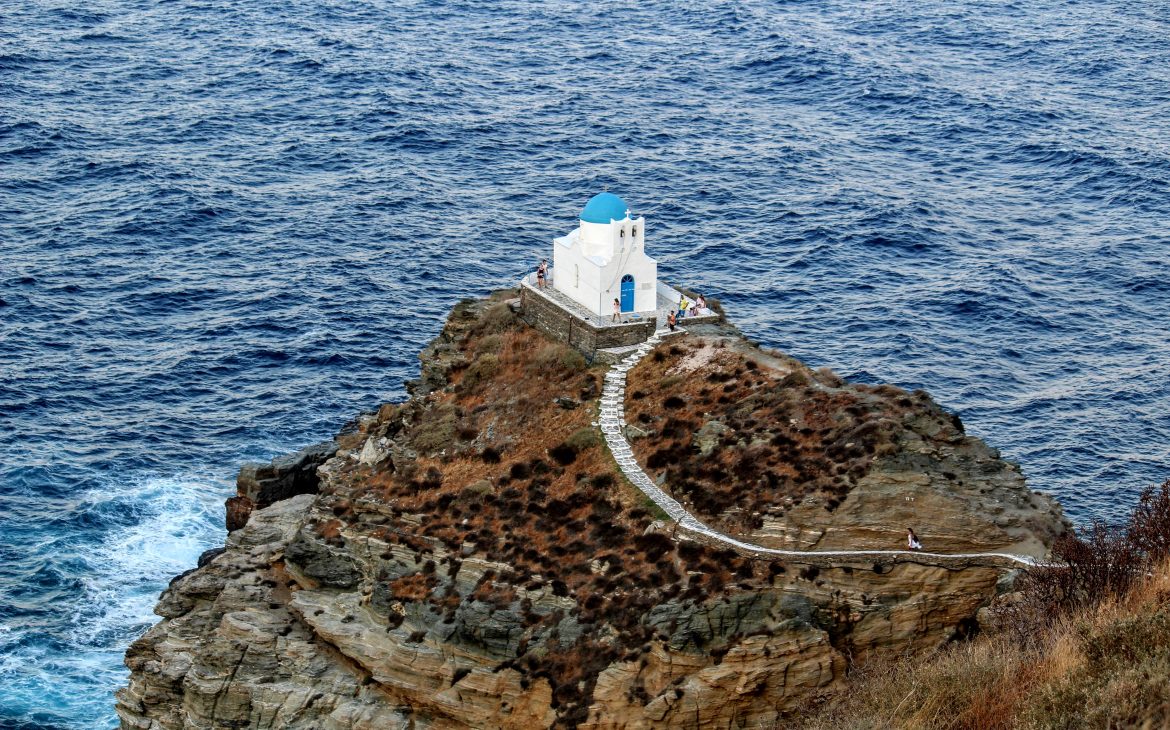
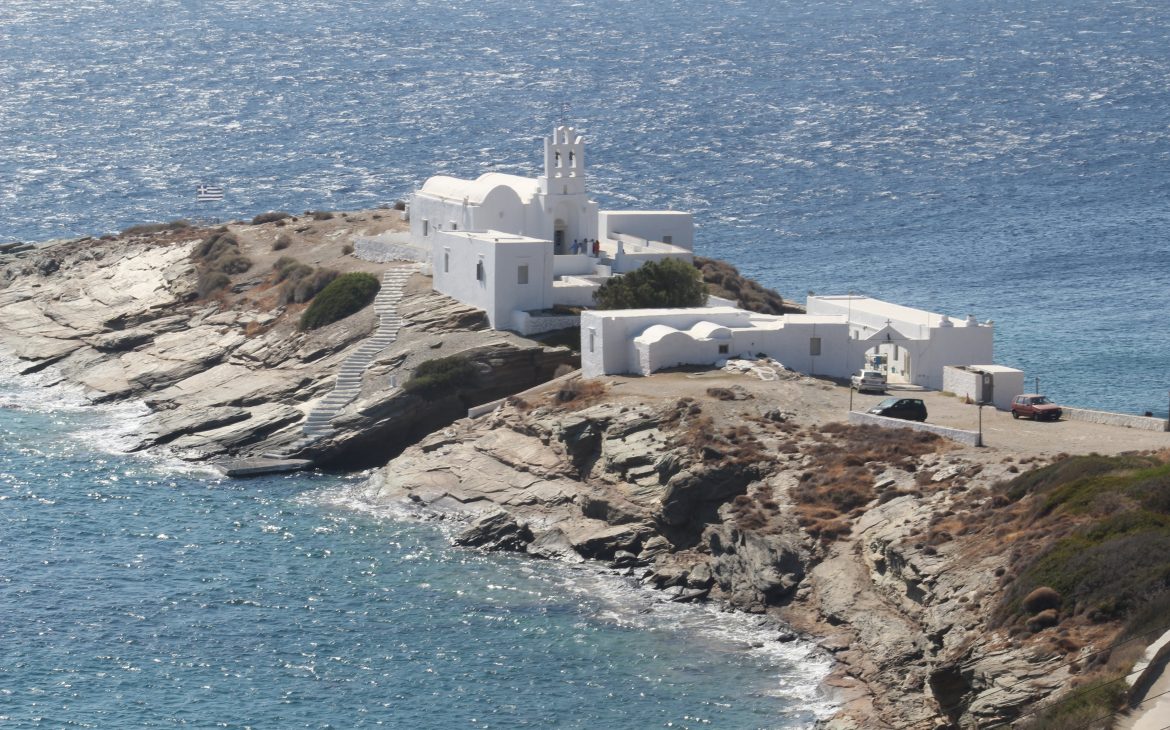
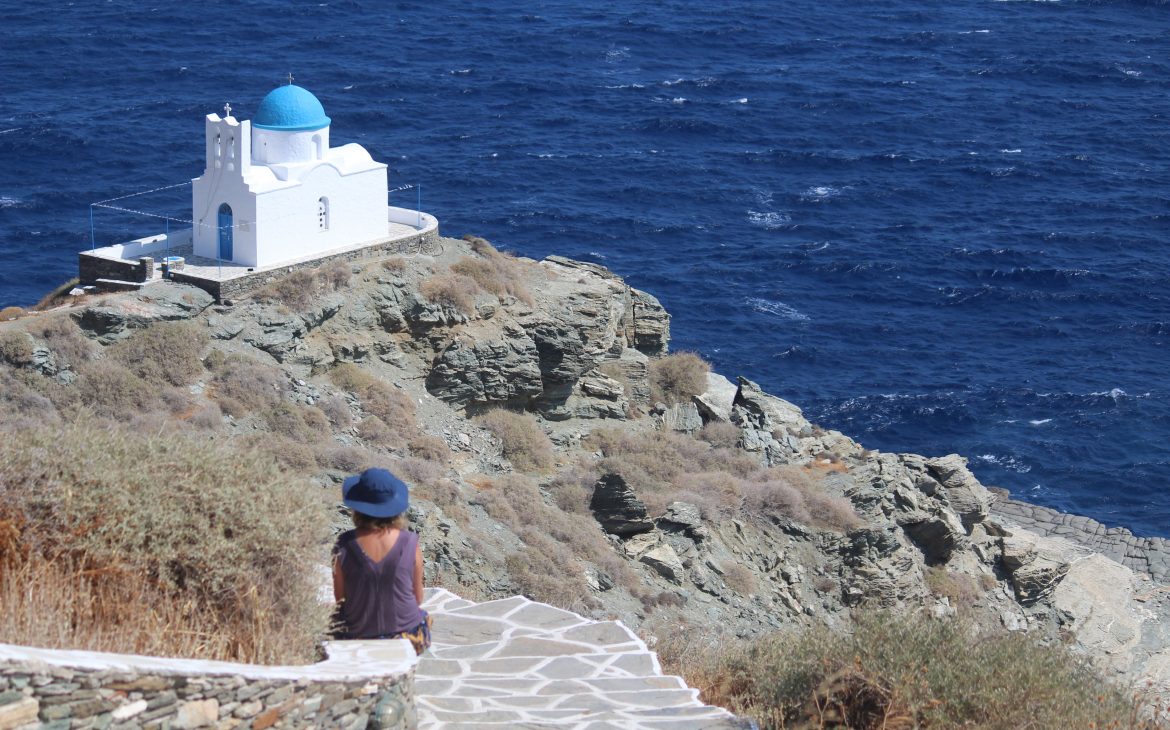
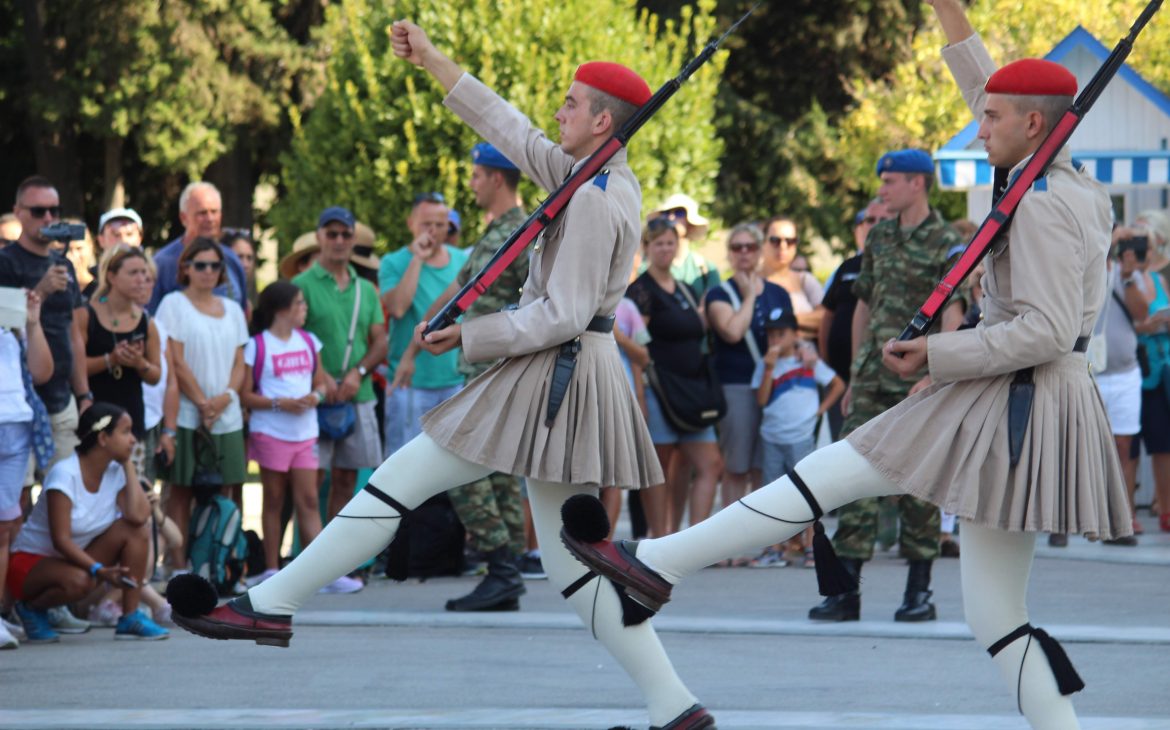
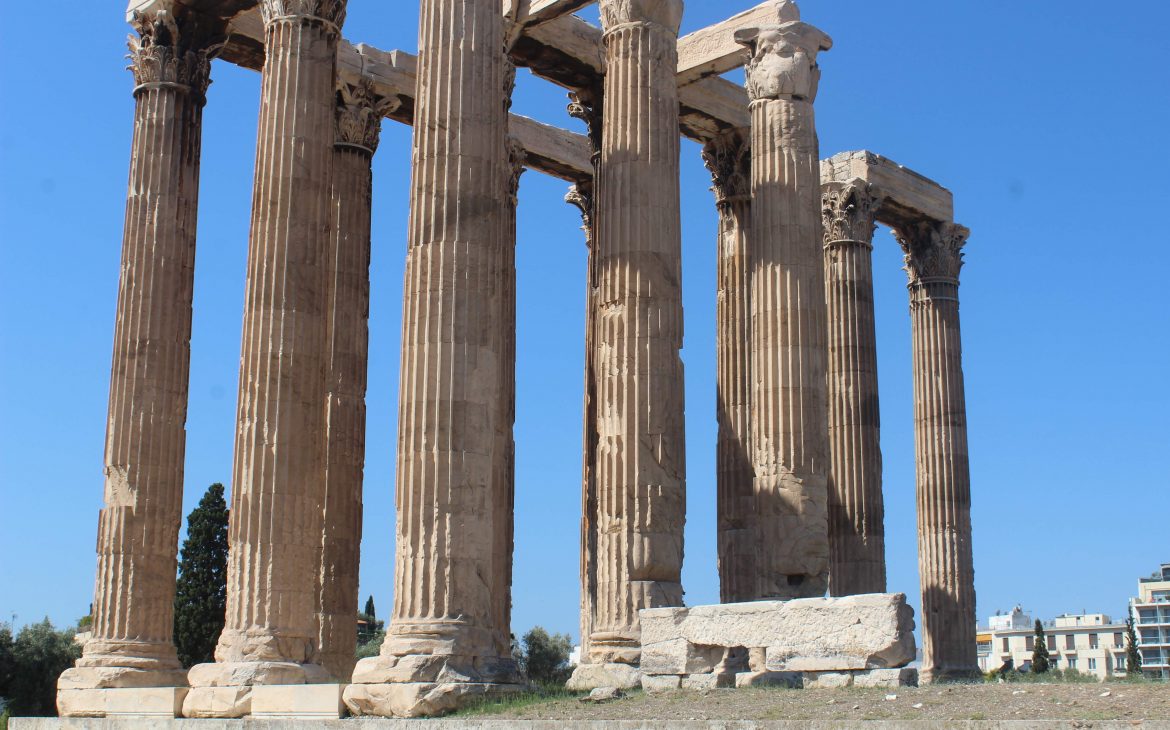
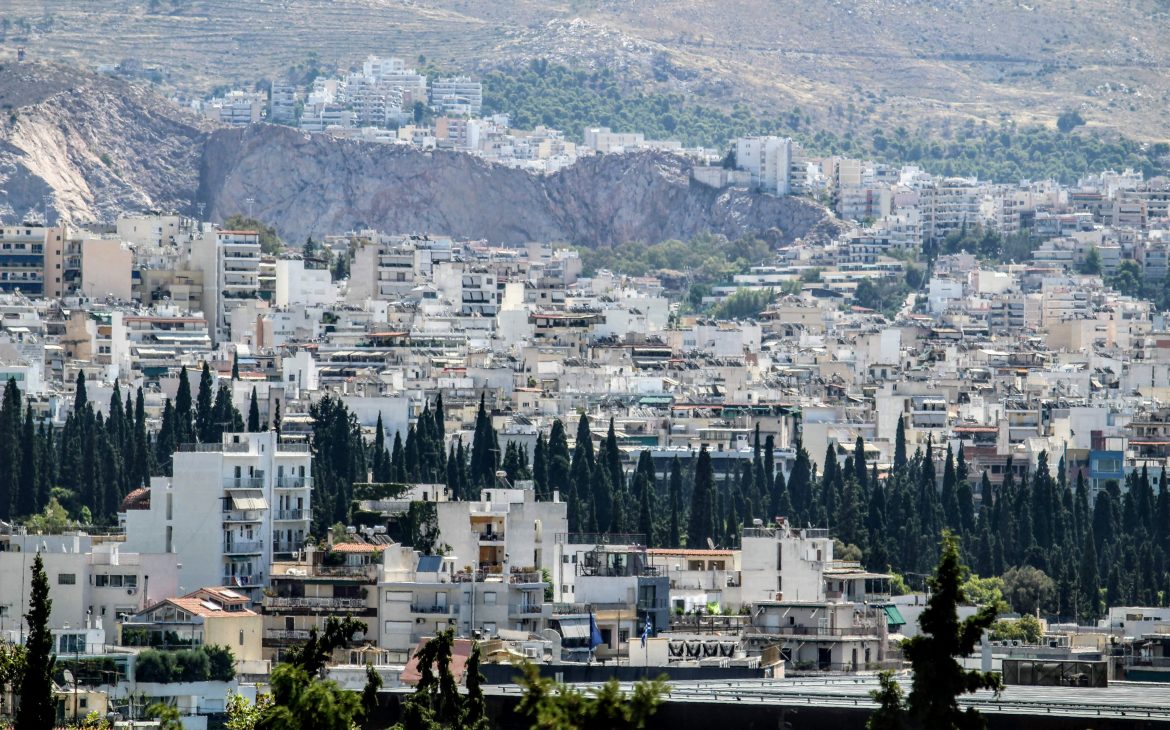
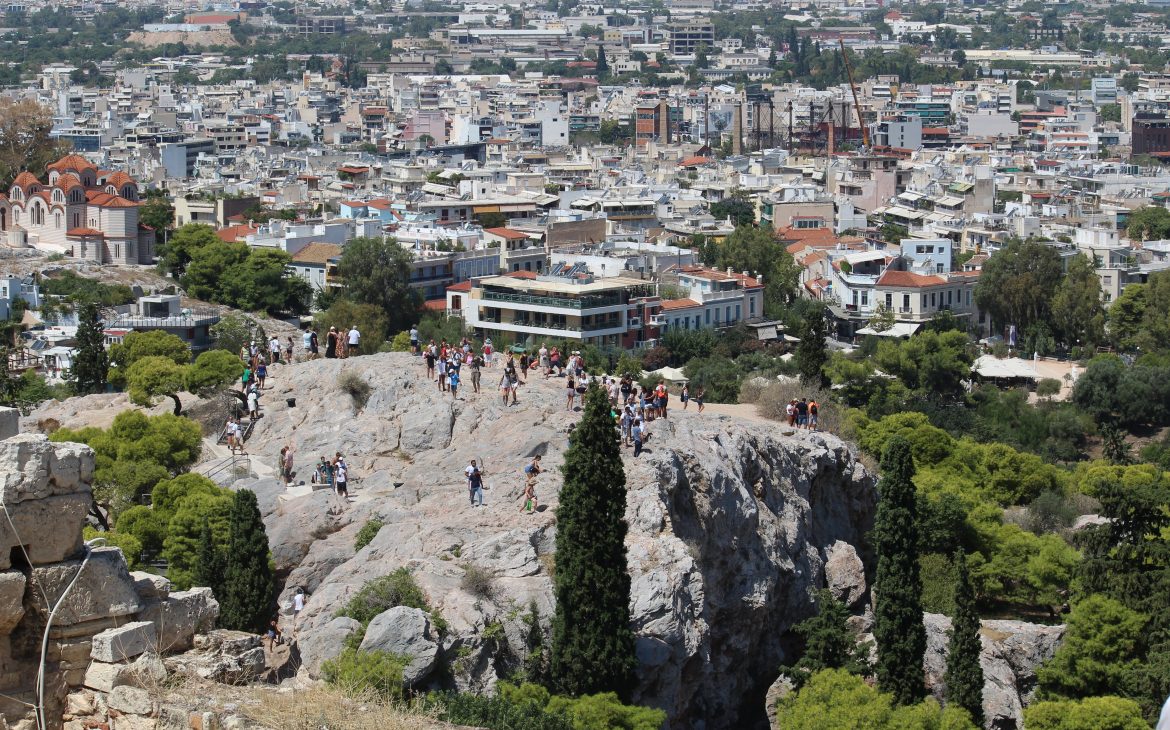
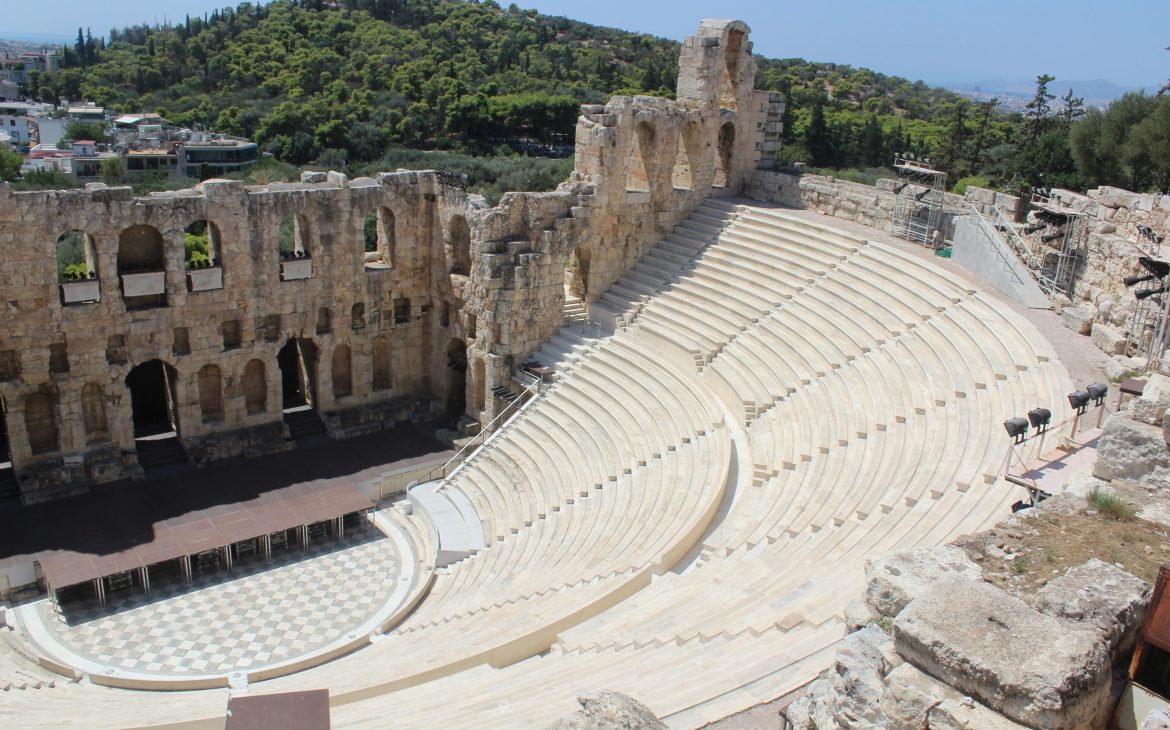
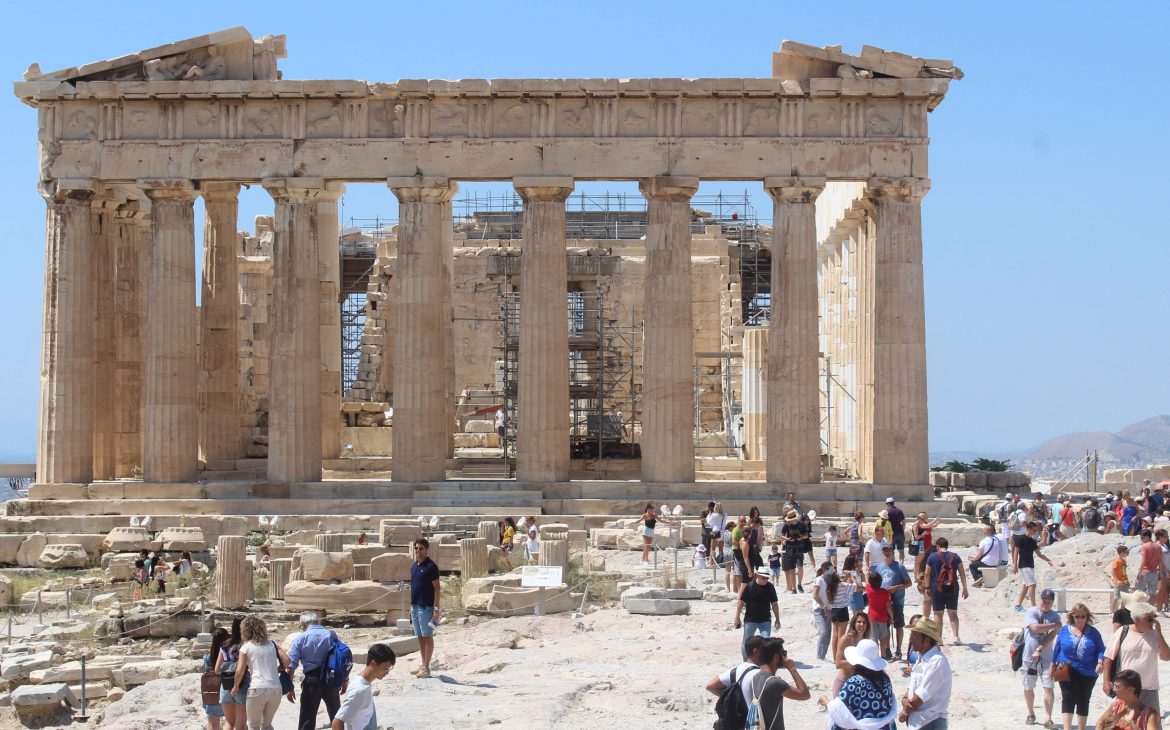
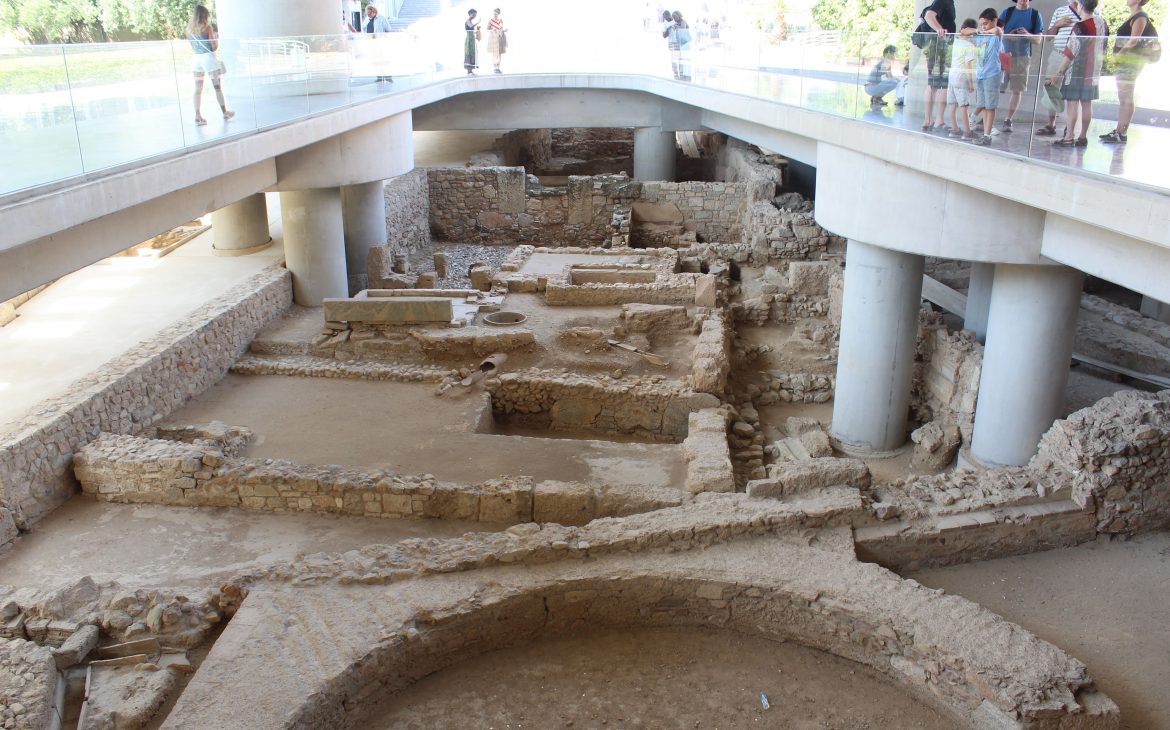
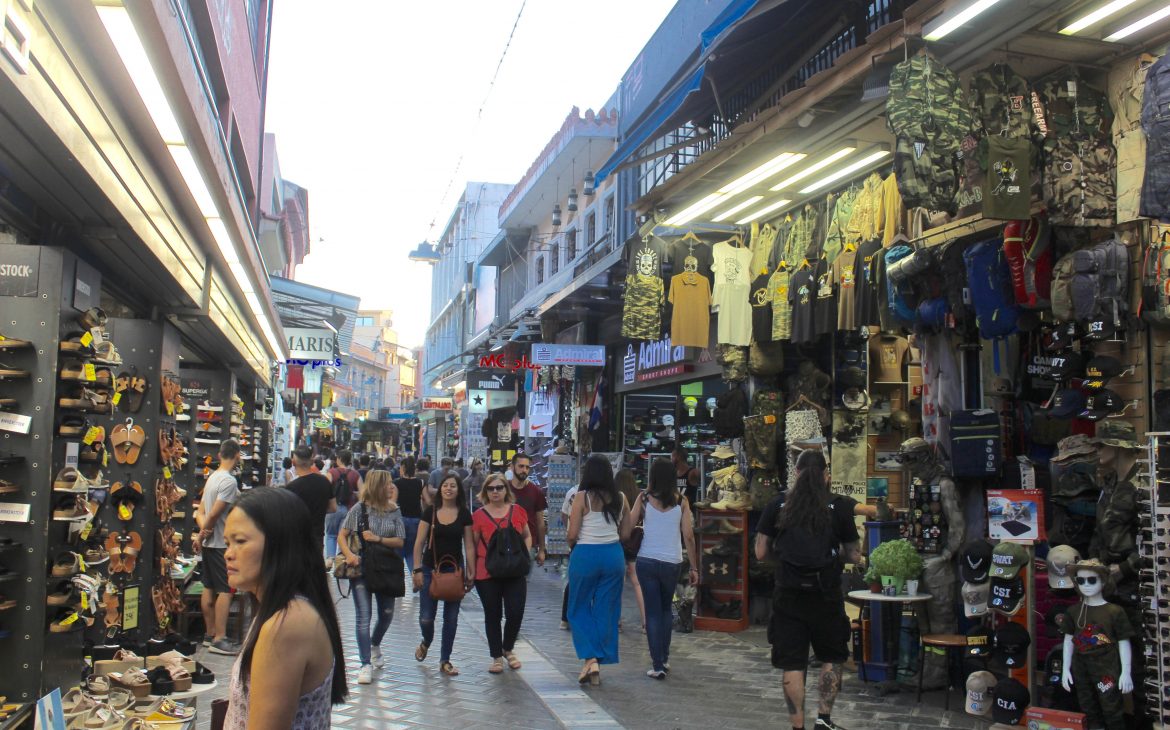
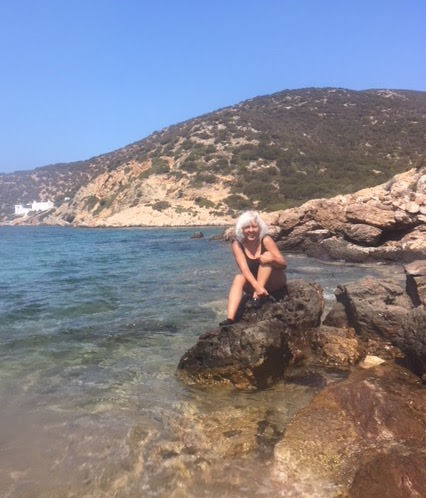
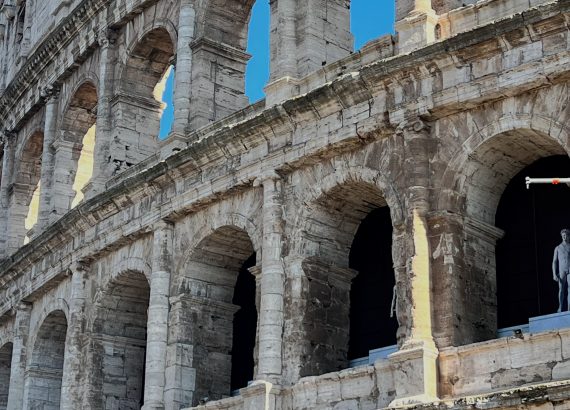
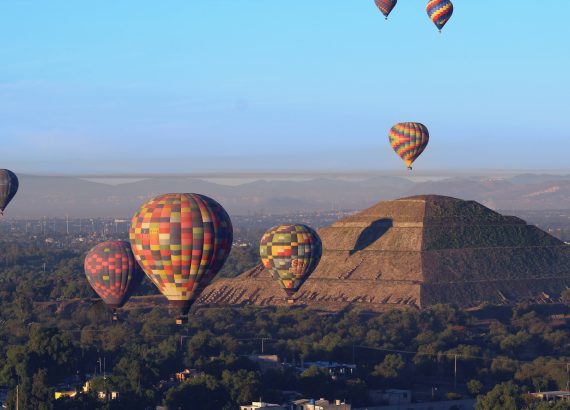
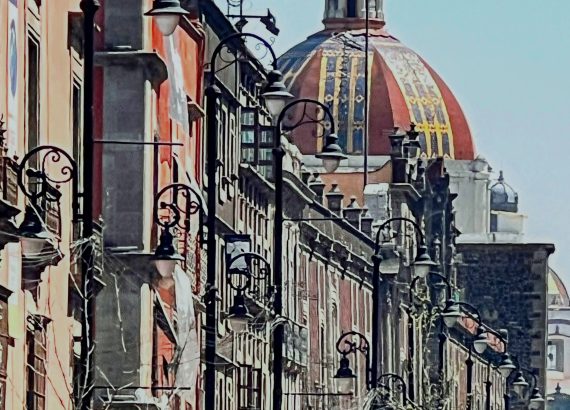

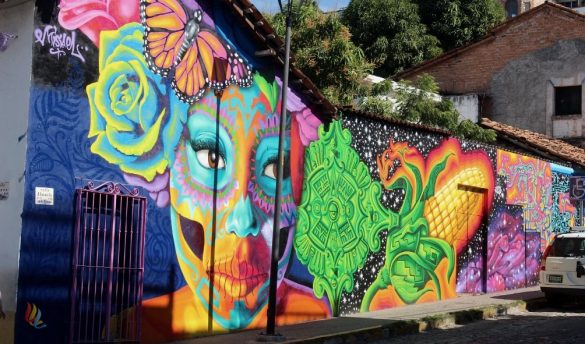
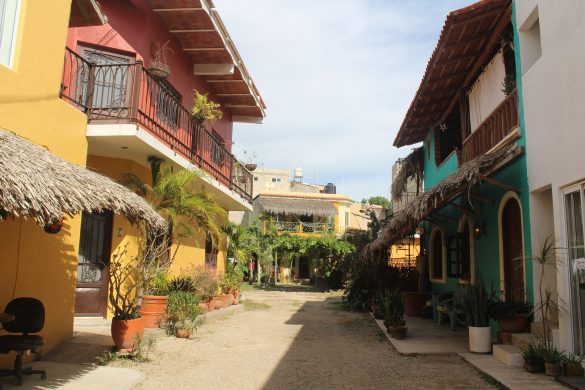
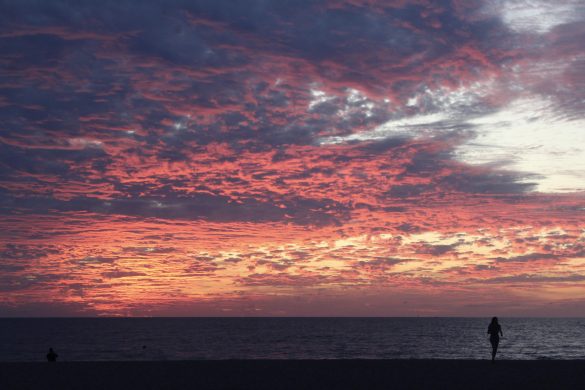
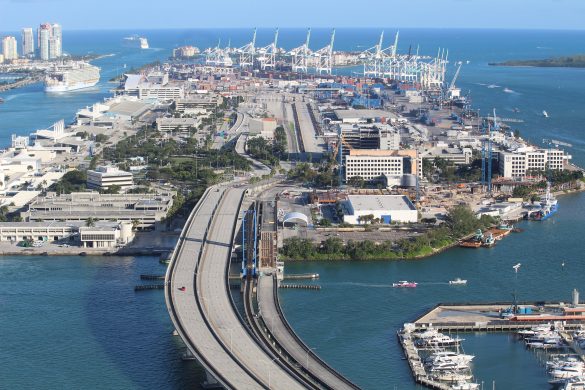


No Comments